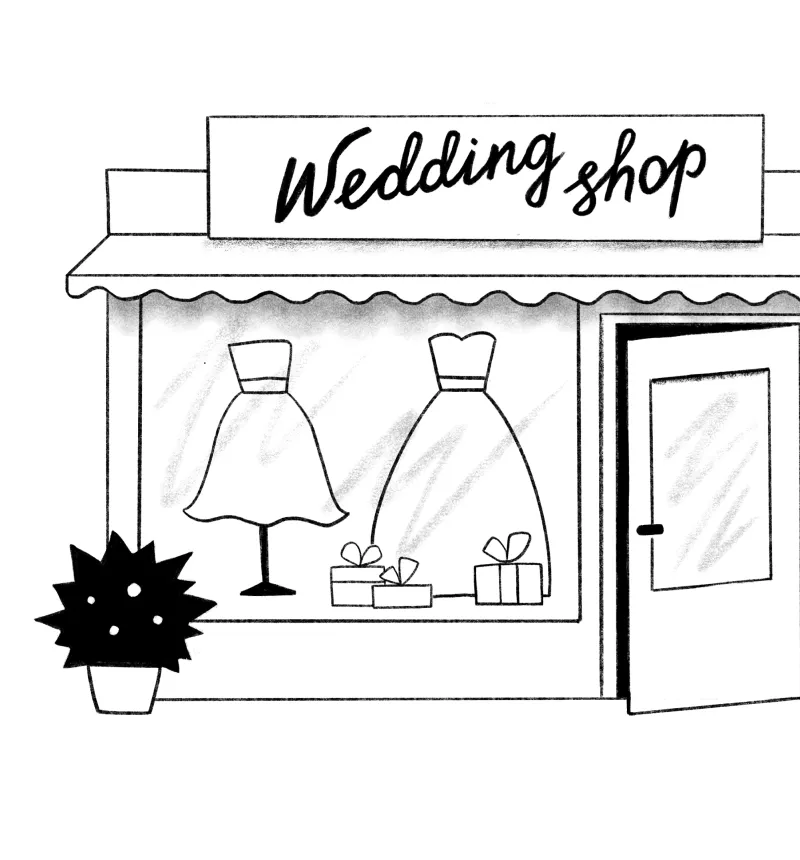Add, remove & assign phone numbers on demand
Manage, respond to, and share calls with your team
Send & receive any message you need to
Keep contact details in one place with a shared phonebook
For on-the-go teams to share messages, calls, and contacts
A full directory of all our included features

5 types of customer complaints and how to fix them

Customer complaints are the cost of doing business. As a local business owner, instead of being aggrieved by a customer complaint, you should take some time to understand its nature. To help you do that, here are the five kinds of customer complaints that a local business would usually get and how to handle them.
1. The loyal customer complaint
Those who have been a customer for a while are significantly more important to your bottom line. The fact that they’ve been shown loyalty, and perhaps regularly ordered from your business, shows that they like your product or service. This means that their complaint is genuine.
What to do:
When a loyal customer makes a complaint, you should put all your efforts into solving it at the earliest opportunity. Whoever receives the complaint should assure them that the senior management or owner will personally look into it.
Once you address the issue, you should get in touch with them, apologise and show how you’ve solved the problem. If appropriate, you can also throw in a freebie or offer a discount for the inconvenience caused.
2. Order-related complaint
Maybe they received the wrong order or they were charged too much for it. Either way, it’s important to understand that it’s not about the product or service, but the purchase of it. This kind of complaint usually comes in via email but can also be made through a phone call.
What to do:
You should apologise for their experience and then ask for their order number. Once you check it in your system and find out that it’s a genuine grievance, you should get back to, and apologise to them. To compensate for the inconvenience, you could offer a minor discount for their next purchase.
3. Delivery-related complaint
These are usually about a delay in order and at times about the behaviour of the delivery personnel. These grievances would need an immediate resolution.
What to do:
Your response depends on whether you deliver the product or you outsource it to a third party. If you’re in charge of delivery, you can get the order details and talk to the delivery personnel. Otherwise, you can call your delivery partner.
If it’s something that the customer expects immediately, like food, flowers or medicines, you should call back and explain when they can get it. If it’s not for immediate delivery, you can email them the details.
4. Personnel-related complaint
This is one of the more serious forms of customer complaints and has the potential to go online and damage your reputation. Maybe the customer’s grievance is that someone misbehaved with them. This could have happened at your store or during the delivery of your product or service.
What to do:
You should tell your employees that any such complaint should be directed to you. You don’t want the same individual talking to the customer, as that could aggravate the issue. Once you get the complaint, you should find out if it’s someone who works for you or someone from a third party.
If it’s someone in your business, talk to them and find out if it’s true. If so, reprimand the employee, apologise to the customer, and tell them that you’ve taken the necessary action. If it’s someone outside your system, write to their management, get a reply and share it with the customer. Also, allow your customer to communicate with them directly.
5. The long wait-time complaint
This is one of the more common customer complaints. If they have to wait a long time on hold or if their calls go unanswered, it can be an unpleasant experience.
What to do:
The conventional solution is to have dedicated personnel and a number exclusively for customer care. An advanced answer is to have an after-hours phone number. You can get one by getting second phone number, without having to get a new phone or SIM.
With an after-hours phone number, you can direct all work calls to the app and not be disturbed on your personal phone number. Thanks to Chalkboard's working hours feature, you can set working hours so you and your team don't get messages and calls when you're not working. You can also set up your business voicemail to route customer complaints.
Another significant advantage of an after-hours phone number is that you no long have to miss calls (and therefore opportunities). Callers can receive an immediate auto-reply or listen to your voicemail for guidance.
In short
As long as there are businesses, there will be customer complaints. As a local business owner, it’s important to realise that a customer grievance isn’t a reflection of your dedication to your business. When you understand what kind of customer complaint you’re dealing with, it will be easier to handle it.
Take a free trial today
You can take a free trial of Chalkboard and discover all of our great features, without any commitment or risk.
It's the easy way for your team to text and call together without the hassle and complexity of a phone system!


Continue reading
Everything a business owner needs to know to reduce their missed business calls and turn them into opportunities
Other than the obvious professional reasons, a second phone number for business is essential for privacy




